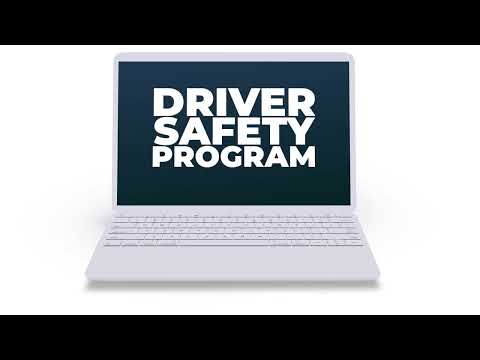-
What We DoFrom fleet management and productivity solutions to upfitting, fabrication, and insurance, Holman has the integrated automotive services expertise to keep your business moving.Overview
-
ResourcesWe have a lot to share. Browse our resources library for current insights, data, strategies, and success stories from our own experts in their respective fields.Overview
-
About UsWhen Holman was founded in 1924, we set something positive in motion. Our consistent focus on people and our commitment to integrity make us who we are today.Overview
 Join Our TeamWe’re not just in the automotive business, we’re in the people business. Join us for the ride.Browse Careers
Join Our TeamWe’re not just in the automotive business, we’re in the people business. Join us for the ride.Browse Careers
Better Risk Management: Safer Drivers, Fleet, and Streets
Holman Marketing
August 22, 2022

Are you confident that your drivers are operating as safely as possible? That’s the question many fleet managers find themselves wrestling with. In 2021, road accident fatalities fell, but the number of accidents increased, official statistics show. So while the roads are getting safer, every journey represents a risk that must be managed.
The concern can sometimes be time – how can I develop, implement and execute a driver risk policy when I am working at full capacity already? Technology is the simple answer, but alone, this can increase your data, not your insight. Although driver risk management should be implemented to ensure your drivers get home safe each night, there are commercial benefits, too, because if you can support and manage your drivers, you will ultimately manage your costs.
Benefits of better risk management
Whether your drivers are on the roads for 10 miles or 10,000, you want to ensure they’re safe. But, more than that, you want the confidence that other drivers, pedestrians and the public are protected too. At the heart of that is an understanding and appreciation of the dangers drivers face and the actions we can take to reduce or eliminate them.
Risk management is about understanding and assessing threats to your vehicles and people and doing everything possible to minimise the chances of them ever happening. At Holman, we have the team, technology, and training resources to help you reduce accident rates by improving driving behaviour.
Here’s how we can help you to improve risk management:
- Driving policies – Do your drivers know you have a policy and have they read it? If you can’t answer yes to both questions, you need to act. Every organisation should have a strong policy for driving and ensure that it’s read and understood by all drivers. Every driver must review the policy online and complete an assessment to demonstrate comprehension before receiving a driving permit. You can use an existing policy or create a new one, and together we’ll ensure that it’s read, understood and put into practice.
- Riskmaster programme – Every driver is an individual with their own risk profile. Data can help us identify risks at a driver level to drive real change. Our Riskmaster programme provides visibility of your risk profile as a business. You can quickly understand each driver’s risk and training requirements, enabling you to provide information and training to improve skills and habits.
- Targeted training – Some drivers will need specific support, others regular reminders of standards. But how do you know what each driver needs? We can use our advanced filtering and reporting criteria to identify high-risk drivers. Then, we’ll automatically identify support needs and align them to specific online training modules. Our extensive driver training catalogue offers the support the driver needs when needed.
Organisations can calculate the cost of damaged vehicles, but too many underestimate or ignore the hidden impact on individuals. We know you want your drivers to get home safe every night, but you can’t do everything for them. You need every driver to understand and appreciate the importance of minimising risk; we call this developing a culture of safety.
Every incident provides an opportunity to learn and improve. Holman’s automated driving behaviour monitoring enables you to identify improvement opportunities and measure their impact. Over time you can create a culture of safety that measures the effect of corrective actions and assigns corrective training.
Raising driver standards reduces risks and helps you maximise driver potential, which can impact the bottom line. A structured approach to risk management ensures you tick every box and meet all regulations. Finally, you’ll be confident that your drivers and fleet are as safe as possible when out on the roads – something we’ll all benefit from. Better risk management creates safer drivers, fleets and streets.
Related Resources
Explore more related industry news, insights, and developments.
It looks like you've navigated to our Holman UK website and are located outside of this region. Would you like to continue or select a different region?
✕






